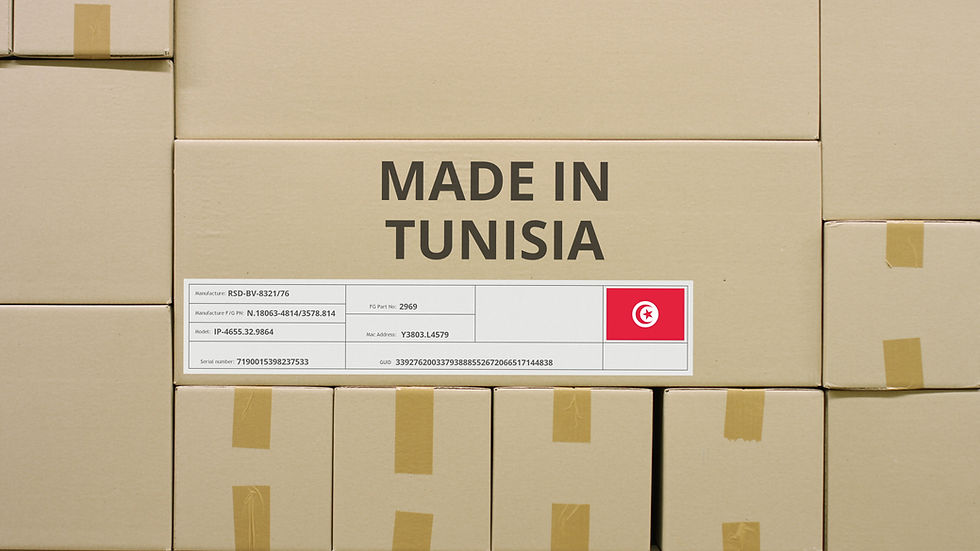How Tunisia Became the Quiet Capital of Clay
- Safouane Ben Haj Ali

- Jul 31
- 1 min read
Updated: Sep 29

There’s a village in the north where the earth has memory.
And hands still listen to it.
Not for style.
Not for speed.
Just because that’s how it’s always been done.
A craft passed through women
In Sejnane, the clay moves from mother to daughter.
No school. No workshop. No rush.
The clay is shaped without a wheel.
Fired without a kiln.
And painted with natural pigments: crushed rocks, charcoal, ochre.
Each object carries the exact weight it needs to hold.
No more. No less.
Beauty shaped by balance
The Sejnane bowl wasn’t made for tourists.
It was made to carry couscous, milk, or herbs.
Its shape wasn’t drawn. It was remembered.
Even the symbols; diamonds, triangles, dots, aren’t decoration.
They’re signs. They speak protection, fertility, continuity.
When you hold one, you feel it:
It’s not perfect.
It’s alive.
Recognized by the world, rooted in the land
In 2018, UNESCO inscribed Sejnane pottery as Intangible Cultural Heritage.
But long before that, it lived in the courtyards of women.
Stacked high, dried in the sun, wrapped in cloth.
Not for display; for use.
Tunisia didn’t ask to be capital.
It became one.
Because here, clay is not trend.
It’s structure.
It’s trust.
It’s something that still makes sense.
And in a world of fast objects, that kind of weight travels far.


Comments